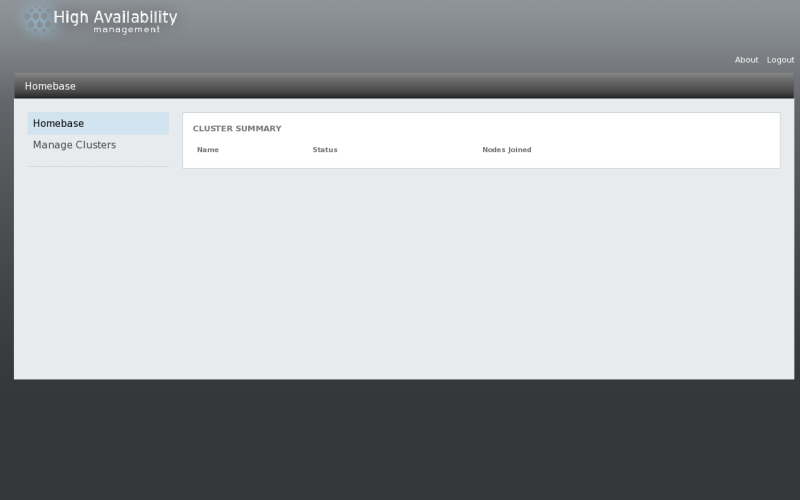

# yum install ricci
# service ricci start
Starting ricci: [ OK ]
# yum install luciservice luci start. For example:
# service luci start
Starting luci: generating https SSL certificates... done
[ OK ]
Please, point your web browser to https://nano-01:8084 to access luci
https://luci_server_hostname:8084. The first time you access luci, two SSL certificate dialog boxes are displayed. Upon acknowledging the dialog boxes, your Web browser displays the luci login page.
